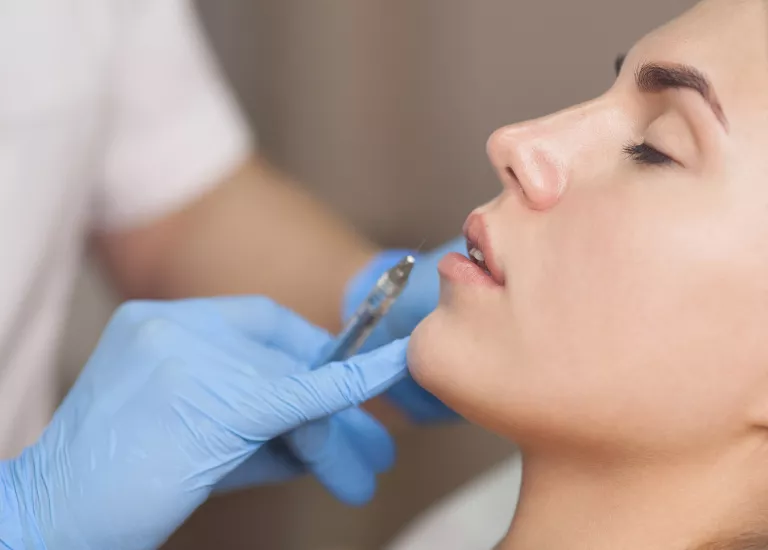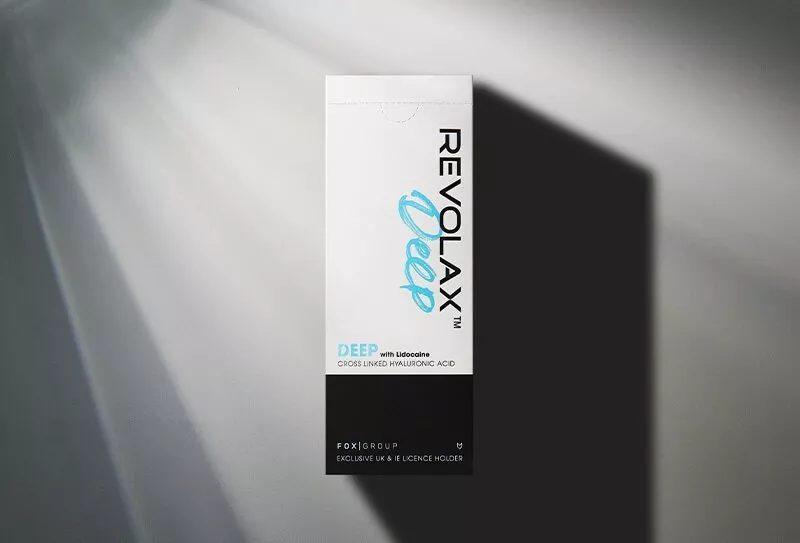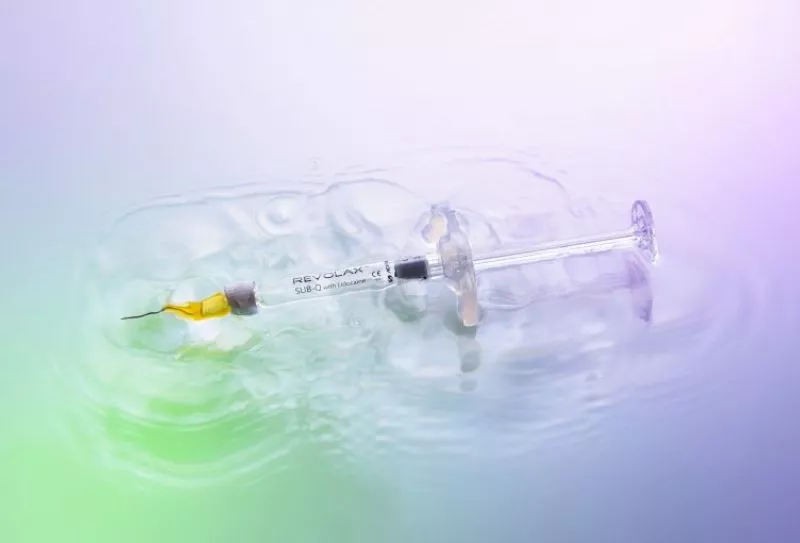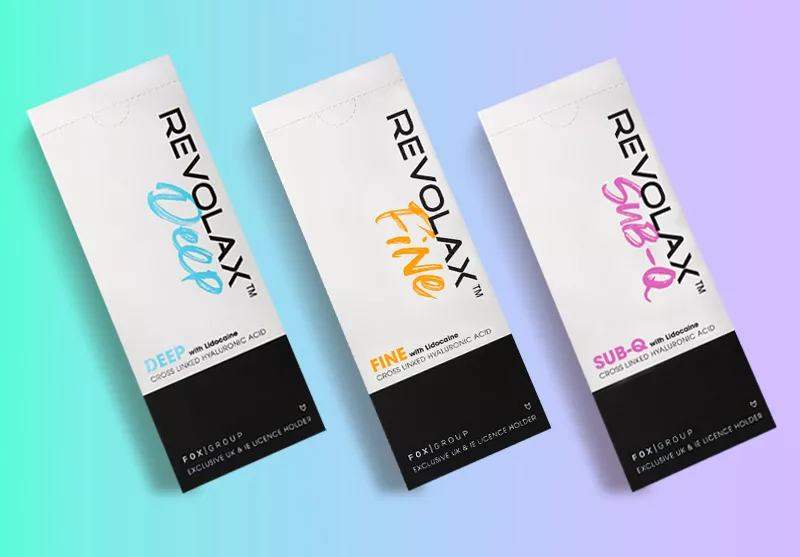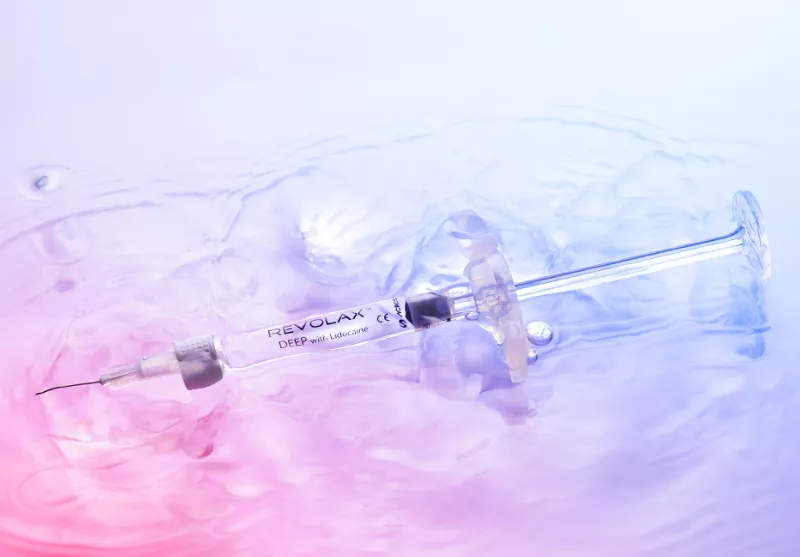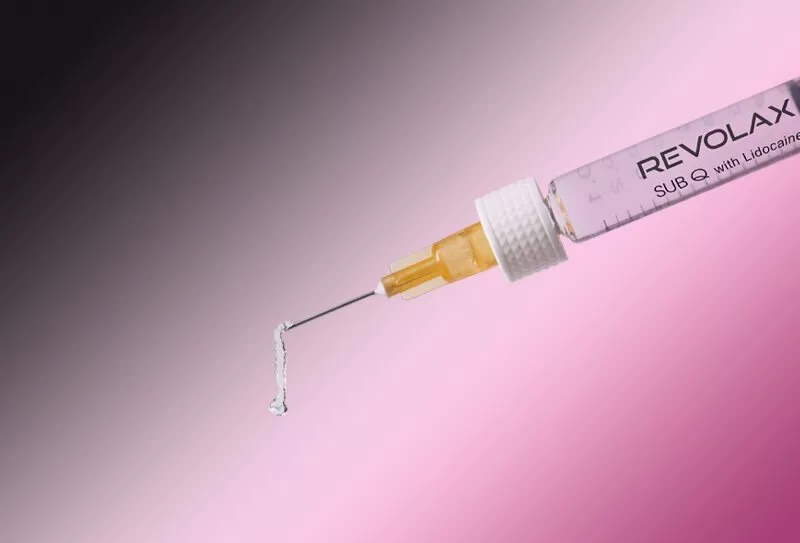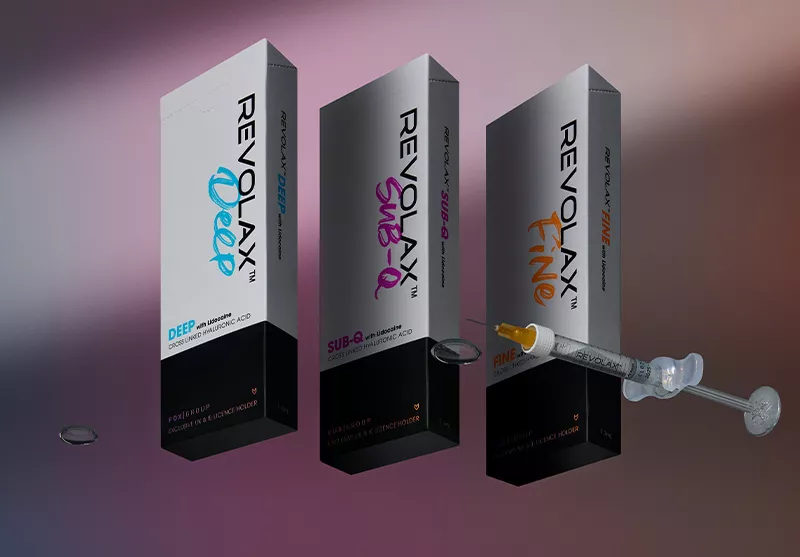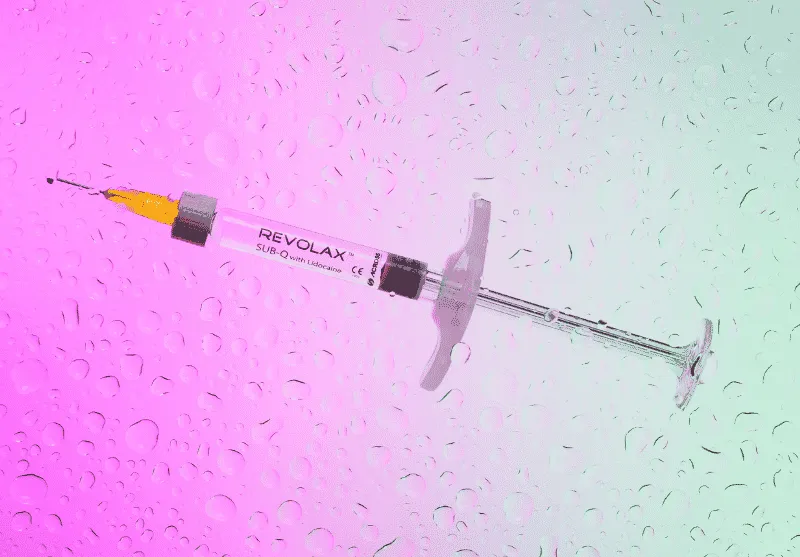We all know that getting dermal filler injections, particularly in sensitive areas such as the lips, can be uncomfortable or even painful depending on the patient’s pain threshold. Lidocaine is a practitioner and patient’s best friend, helping to ensure a more comfortable treatment experience. But what is lidocaine and how does it work?
What is Lidocaine?
Lidocaine is a local anaesthetic agent of the amino amide type. It acts as a numbing agent to help prevent discomfort in the injected area.
What is it Used For?
Lidocaine is commonly used in medicine and dentistry to help reduce pain. It is also used in aesthetics to help reduce pain during dermal filler appointments. Numbing cream or patches containing the ingredient may also be applied directly to the skin to help reduce pain at the treatment site. The REVOLAX with Lidocaine range offers three dermal fillers of different viscosities, that are formulated to help numb the treatment area during and after injection to help minimise patient discomfort.
The REVOLAX Range:
REVOLAX Fine:
REVOLAX Fine is a lightweight and high-viscoelasticity dermal filler. It is developed for the treatment of superficial lines, including crow’s feet, glabellar lines, and neck wrinkles for a flawless result.
REVOLAX Deep:
Deep is a thick and longer-lasting gel, developed for the treatment of deep wrinkles. Ideal for the treatment of the nasolabial folds, non-surgical rhinoplasty, and augmentation of the cheeks, chin, and lips. This mono-phasic Hyaluronic Acid filler is to be injected into the deeper dermis or subcutaneous tissue.
REVOLAX Sub-Q:
REVOLAX Sub-Q has the thickest properties within the product line. With its advanced ability to mould, maintain structure, and longevity – REVOLAX Sub-Q is recommended for treatment of deep-sized to extremely severe wrinkles including nasolabial. This product also works best for cheek, chin, nose and jawline augmentation that require a thicker substance to fill.
Shop the REVOLAX range:
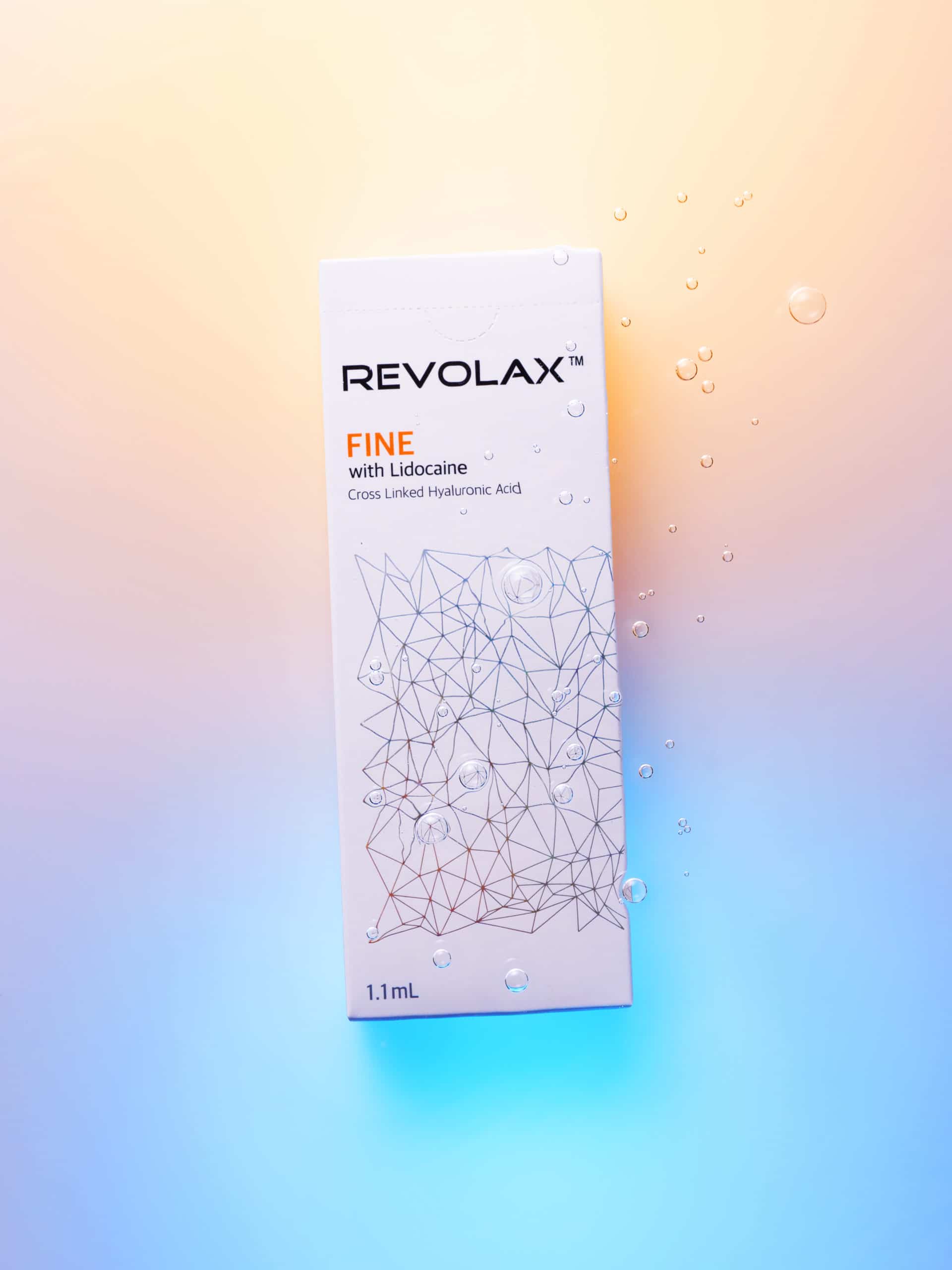
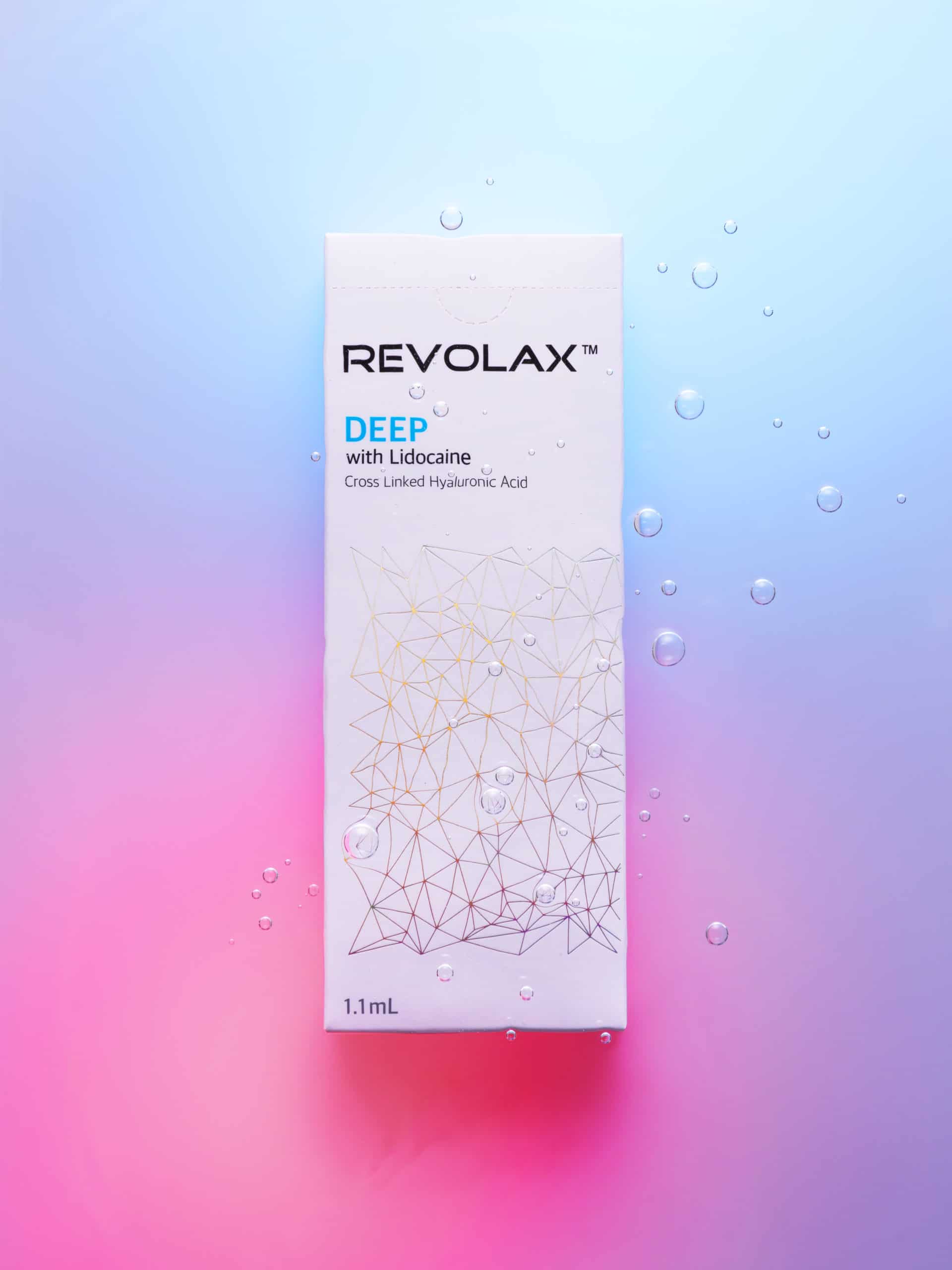
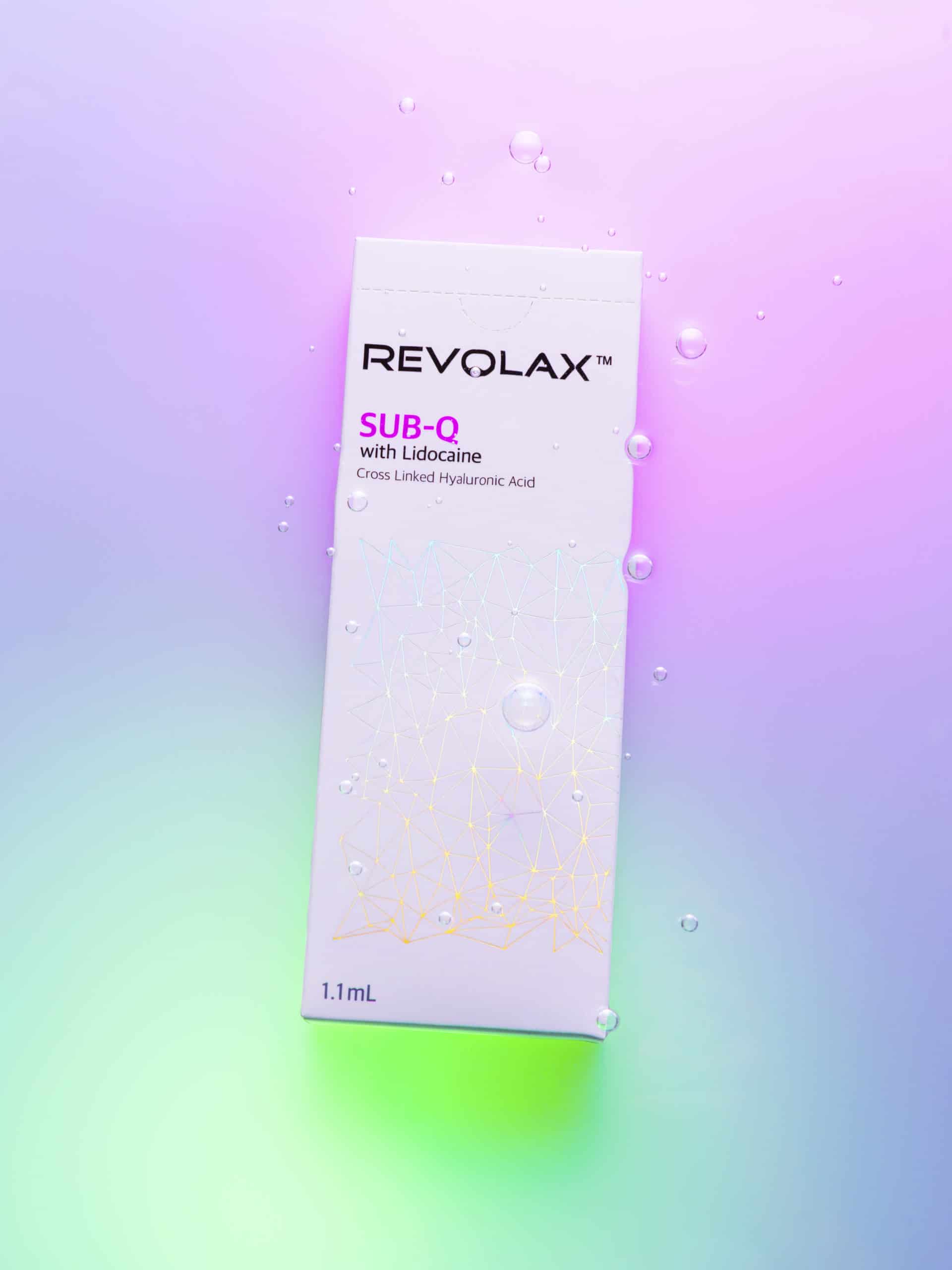
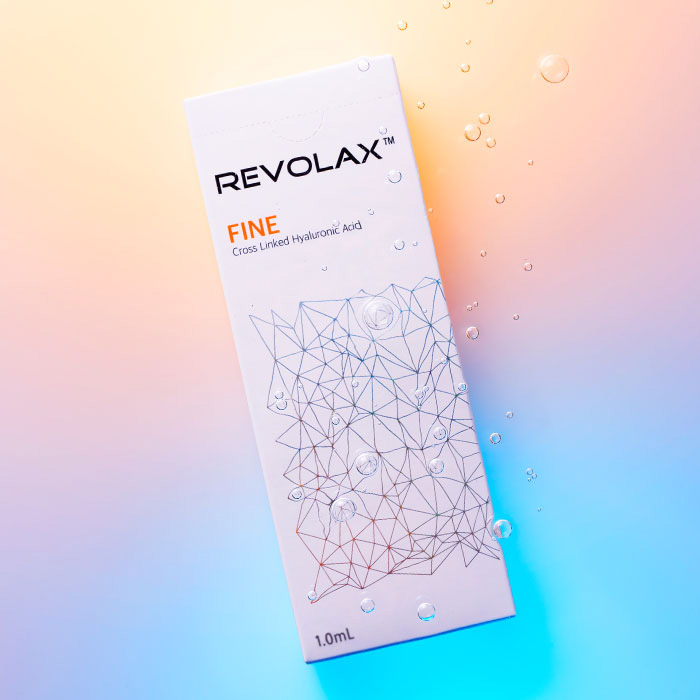
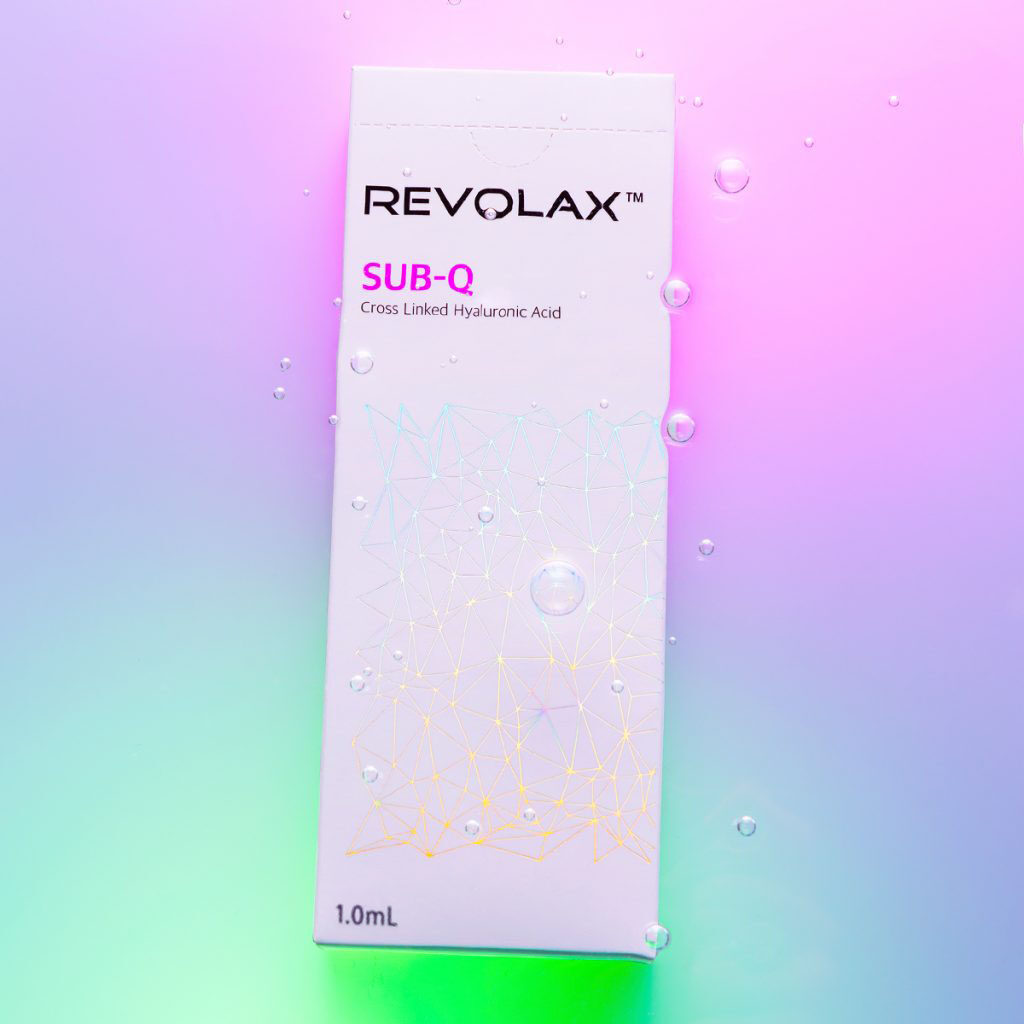
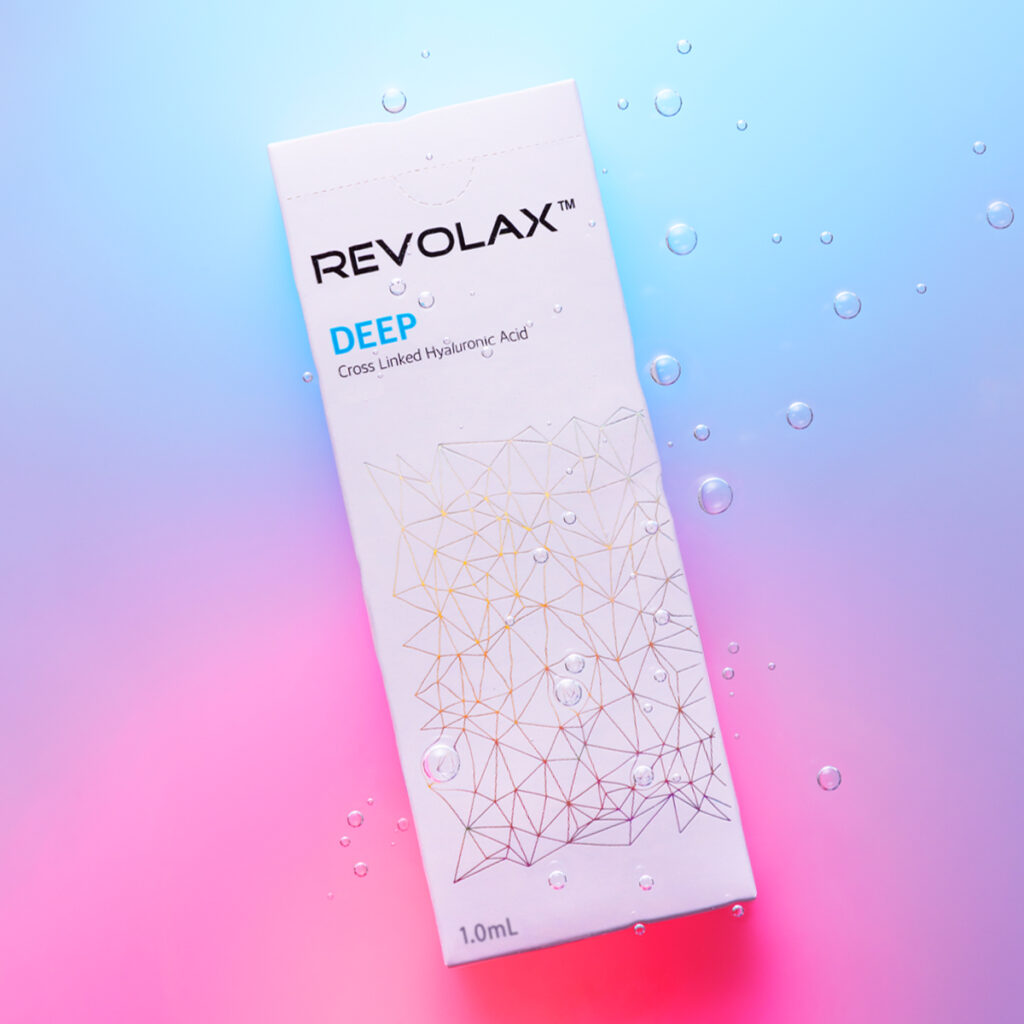
How long does the numbing take to work and how long does it last?
Lidocaine typically begins to work within several minutes of injection and can last from half an hour to three hours.
How do I ensure a comfortable treatment experience for patients who are allergic to lidocaine?
Patients who are allergic to lidocaine may experience symptoms such as extreme swelling or skin irritation and blistering, meaning that it’s vital for patients to disclose this information during consultation. Rare conditions such as Ehlers-Danlos-Syndrome can cause a resistance to local anaesthetics, meaning that practitioners should also explore alternative methods of numbing, to offer maximum pain relief.
Luckily enough, we have a blog all about pain relief and numbing without lidocaine. Read it here.
Shop REVOLAX dermal fillers on Fox Pharma.
